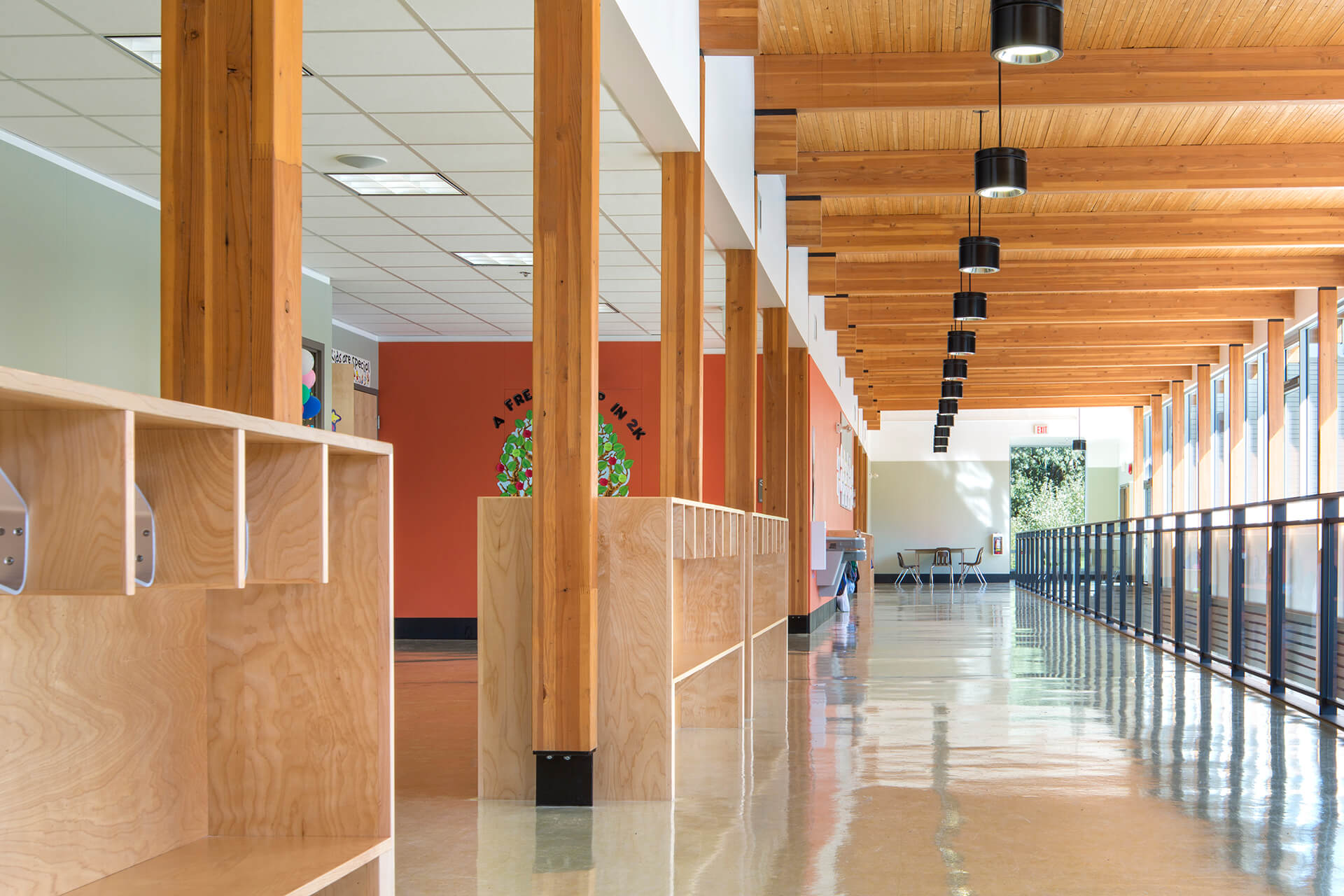Admissions Open for 2024-2025 School Year – Inquire Here!
The goal is to humanize the content, to design a learning experience that engages a student’s heart alongside their mind.

At Surrey Christian School our mission statement is Educating for Wholeness by Engaging God’s World in the Servant Way of Jesus, and our ‘tagline’ as a school community is simply Educating for Wholeness. But what does ‘wholeness’ mean? The term is mostly inspired by the work of Quaker writer, Parker Palmer. Think of the Hebrew word, ‘Shalom,’ which most simply means ‘peace,’ but more fully means to be at peace with God, others, creation, and oneself. Likewise, the idea of wholeness refers to being at peace, but also to living a life in which all parts fit together well to make a whole. When we talk about wholeness at Surrey Christian School, we are talking about ensuring that everything in our lives falls under the Lordship of Jesus; our vocation, recreation, consumption, worship, relationships (our roles as neighbour, spouse, parent sibling, and friend), our sexuality, our financial management, our everything, all fit into a life of following Jesus. This may seem like a simple concept but I believe it is essential work to submit the whole of our lives to the way of Jesus, and it is a journey that we strive to put before our students, our staff and our community.
Likewise, the idea of wholeness refers to being at peace, but also to living a life in which all parts fit together well to make a whole.
So how do we do this in an educational context? At Surrey Christian School we work to intentionally design learning experiences that are formational, learning experiences that go far beyond simply receiving content from a teacher and regurgitating it on a test or assignment. Rather, we want our students’ learning to affect their heart. For example, in a senior biology class, students do not simply learn about genetic diseases; they are challenged to research one in depth, which includes meeting and interviewing someone with that specific disease, and then telling that person’s story. The goal is to humanize the content, to design a learning experience that engages a student’s heart alongside their mind. This is just one example of many more.
David Loewen
Superintendent